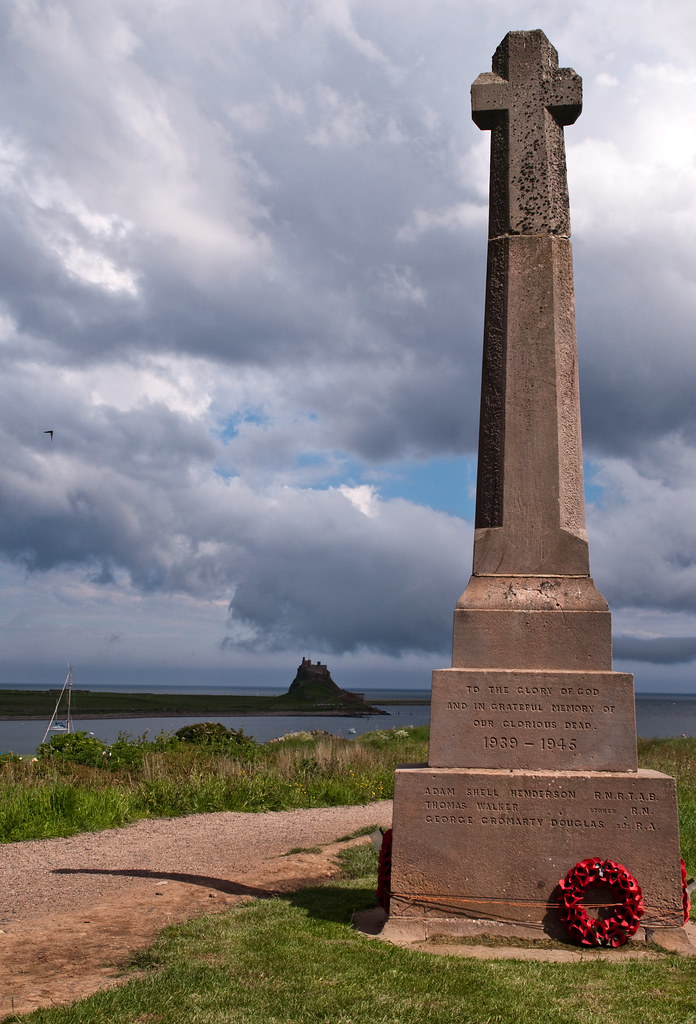The Natural History Museum in London has seen some exciting developments in recent weeks.
First was the
unveiling of an astonishingly complete stegosaurus, positioned at the Exhibition Road side entrance to the Museum, which is already proving to be a real draw.
The BBC reports today that the decision has also been taken to swap the iconic diplodocus skeleton from the main entrance for that of a blue whale.
"Everyone loves 'Dippy', but it's just a copy," commented Sir Michael Dixon, the
NHM's director, "and what makes this museum special is that we have real objects
from the natural world - over 80 million of them - and they enable our
scientists and thousands like them from around the world to do real research."
The move will take some time - the ambitious diving pose selected for the whale skeleton, and the structures required to hold it in place, means that it won't be on display until 2017.
Follow the BBC link for superb series of archive photographs of the Museum over the years.






